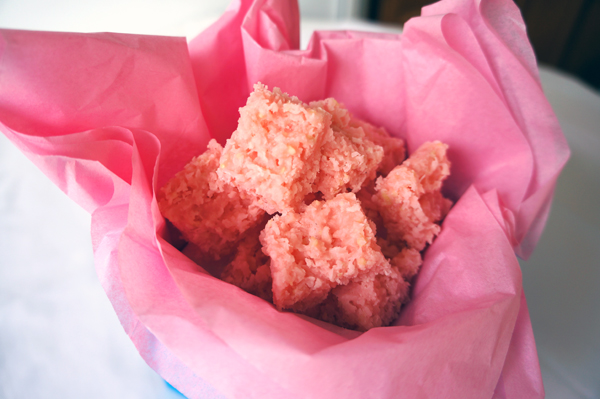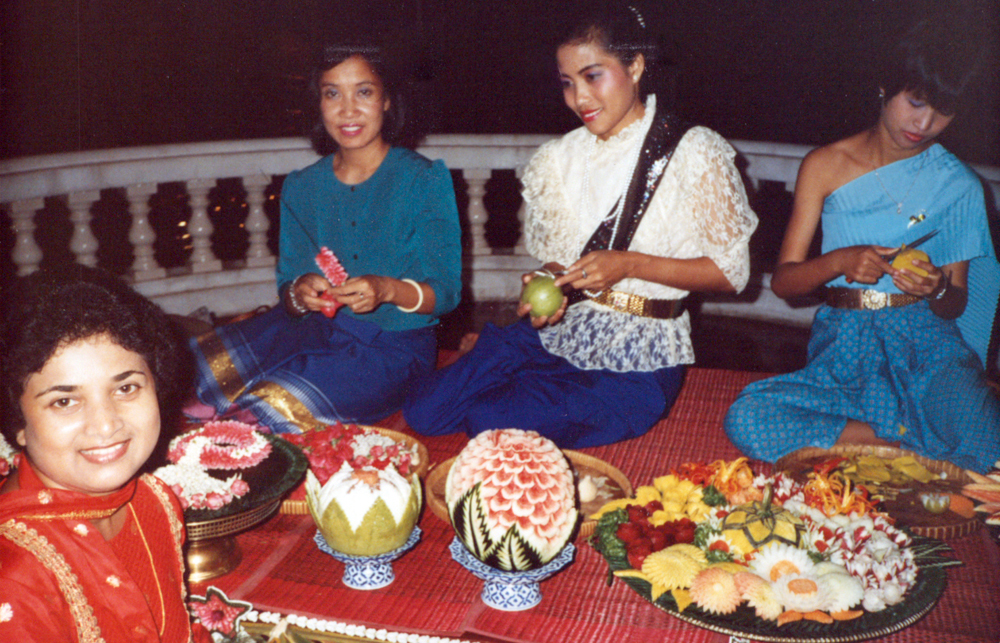 I wonder how many of my Indian readers remember buying coconut sweets from little shops in India. They were kept in large glass jars – looking very tempting. During my high school days, my friends and I would use spare change from our allowances to buy a couple to share.
I wonder how many of my Indian readers remember buying coconut sweets from little shops in India. They were kept in large glass jars – looking very tempting. During my high school days, my friends and I would use spare change from our allowances to buy a couple to share.
For those who have never tried these, I highly recommend them. They are similar in texture to coconut macaroons with a dash of exotic flavor. I hope you enjoy them as much as I did all those years ago.
Coconut Ice
1½ cups sugar
½ cup water
½ cup cream
2 cups unsweetened desiccated coconut
1 tablespoon ground cashew nut
1 teaspoon ghee
1 drop of red food color
Using parchment paper, line an 8×8 inch square baking pan.
Add sugar and water to a large heavy bottomed saucepan and cook over medium heat until the mixture reaches 235 degrees F on a candy thermometer. Or until the sugar and water mixture reaches one thread consistency. Being very careful, add the cream, desiccated coconut, ground cashew nut, ghee, red food color, and mix well. The color of the coconut ice should be light pink so add only a drop of red food coloring.
Immediately spread the mixture into the parchment lined pan. Press firmly and allow it to cool completely. Cut the coconut ice into squares or diamond shapes.




